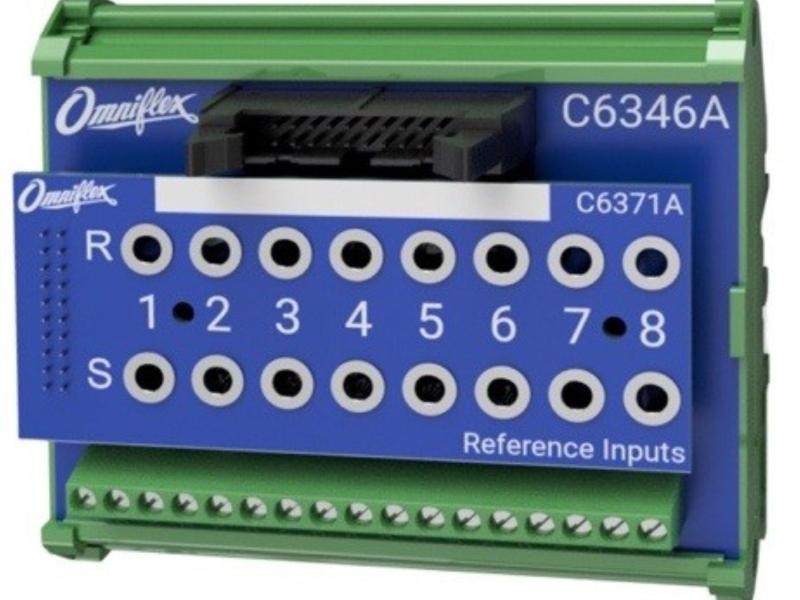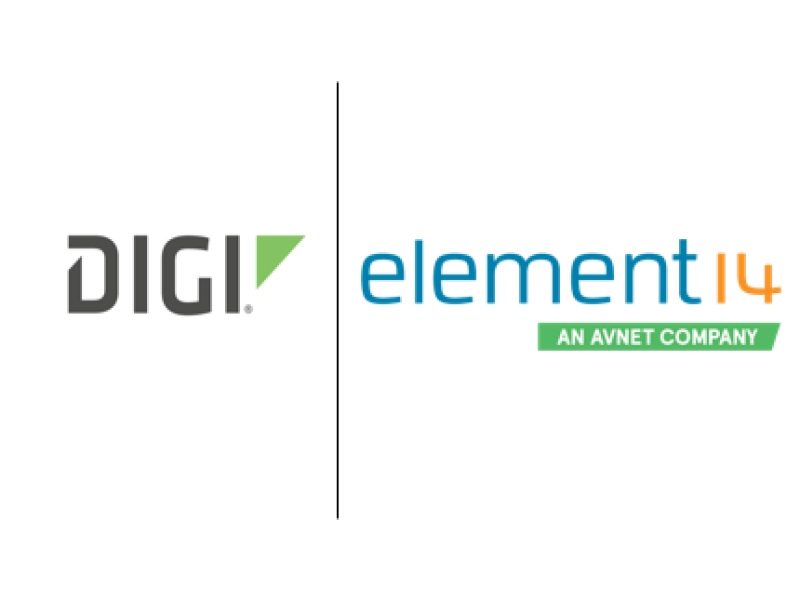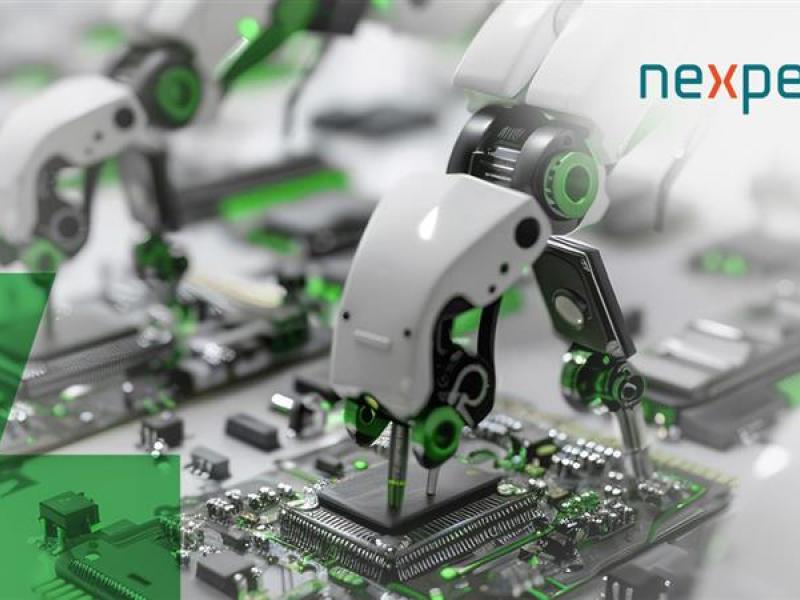UPS hardware can help keep business applications available, power costs manageable and data safe. By familiarising themselves with the basics of what a UPS does and how to choose the right one for their needs, businesses can ensure that mission-critical systems always have the clean, reliable electricity they need to drive long-term success.
Budgeting for electricity, securing adequate supplies of it and finding ways to use less of it are all common topics of conversation among business owners. Ensuring that the power their production and IT equipment rely on is both dependable and clean, sadly, can sometimes be an afterthought. In truth, however, power sags, surges and outages are not only unavoidable but more than capable of damaging valuable production and IT equipment and bringing productivity to a halt. That’s why planning and deploying a robust power protection solution is absolutely vital. UPS Power Solutions Limited, the New Zealand Distributor of the Eaton range of uninterruptible power system (UPS) equipment considers a UPS is the central component of any well-designed power protection architecture.
Put simply, a UPS is a device that provides backup power when utility power fails, either long enough for critical equipment to shut down gracefully so that no data is lost, or long enough to keep required loads operational until a generator comes online. A UPS also conditions incoming power so that all-too-common sags and surges don’t damage sensitive electronic gear. UPS's come in two major varieties, which are also known as topologies: single and double-conversion systems.
Single-conversion systems
In normal operation, these systems feed incoming utility AC power to equipment. If the AC input supply falls out of predefined limits, the UPS utilises its inverter to draw current from the battery, and also disconnects the AC input supply to prevent backfeed from the inverter to the utility. The UPS stays on battery power until the AC input returns to normal tolerances or the battery runs out of power, whichever happens first. Two of the most popular single-conversion designs are standby and line-interactive.
Standby UPSs allow IT equipment to run off utility power until the UPS detects a problem, at which point it switches to battery power. Some standby UPS designs incorporate transformers or other devices to provide limited power conditioning as well. Line-interactive UPSs regulate input utility voltage up or down as necessary before allowing it to pass through to protected equipment. However, like standby UPS's, they use their battery to guard against frequency abnormalities.
Double-conversion systems
As the name suggests, these devices convert power twice. First, an input rectifier converts AC power into DC and feeds it to an output inverter. The output inverter then processes the power back to AC before sending it on to IT equipment. This double-conversion process isolates critical loads from raw utility power completely, ensuring that IT equipment receives only clean, reliable electricity.
In normal operation, a double-conversion UPS continually processes power twice. If the AC input supply falls out of predefined limits, however, the input rectifier shuts off and the output inverter begins drawing power from the battery instead. The UPS continues to utilise battery power until the AC input returns to normal tolerances or the battery runs out of power, whichever occurs sooner. In case of a severe overload of the inverter, or a failure of the rectifier or inverter, the static switch bypass path is turned on quickly, to support the output loads.
How to choose the right UPS
To ensure that one always ends up with the right UPS for your needs, there are many considerations. Question number one concerns the choice between single-conversion or double-conversion UPS. The answer depends largely on how important energy efficiency is for an organisation relative to protection. Single-conversion UPS's are more efficient than double-conversion devices, but offer less protection. That makes them a good fit for loads with a higher tolerance for failure. Double-conversion UPS's, which provide the highest levels of protection, are less efficient but are usually the standard choice for protecting mission-critical systems.
A UPS’s rating is the amount of load, in volt-amperes (VA), that it is designed to support. Eaton offers the largest selection of power protection systems available in the industry. UPS's are available with ratings as low as 500VA and as high as 5,000,000VA or more. This very basic procedure helps determine the approximate UPS rating a specific application requires:
1. Make a list of all the equipment the UPS will be protecting.
2. Determine how many volts and amps every device on the list draws.
3. For each device, multiply volts by amps to arrive at a VA figure.
4. Add all of the VA figures together.
5. Multiply that sum by 1.2, to build in room for growth.
The ‘right’ UPS should have a rating equal to or greater than the final number determined in step five.
Selecting and designing the correct power protection solutions for an application can be difficult and it is recommended that specialist advice be sought. UPS Power Solutions has over 20 years experience in the design, supply, installation and servicing of power protection solutions in the New Zealand market and their engineers are available to assist the customer to select the right solution.
Maintaining UPS equipment
With proper servicing, a well-made Eaton UPS can operate safely and reliably for its entire design life. Without proper servicing, even the best UPS is significantly more likely to fail when you can least afford it. Companies in the market for UPS hardware, therefore, should also choose an appropriate UPS service plan from a service provider, such as UPS Power Solutions Limited, with the experience, know-how and resources to provide comprehensive, high quality support.
Article supplied by UPS Power Solutions Limited
Email: Nicky@upspower.co.nz






